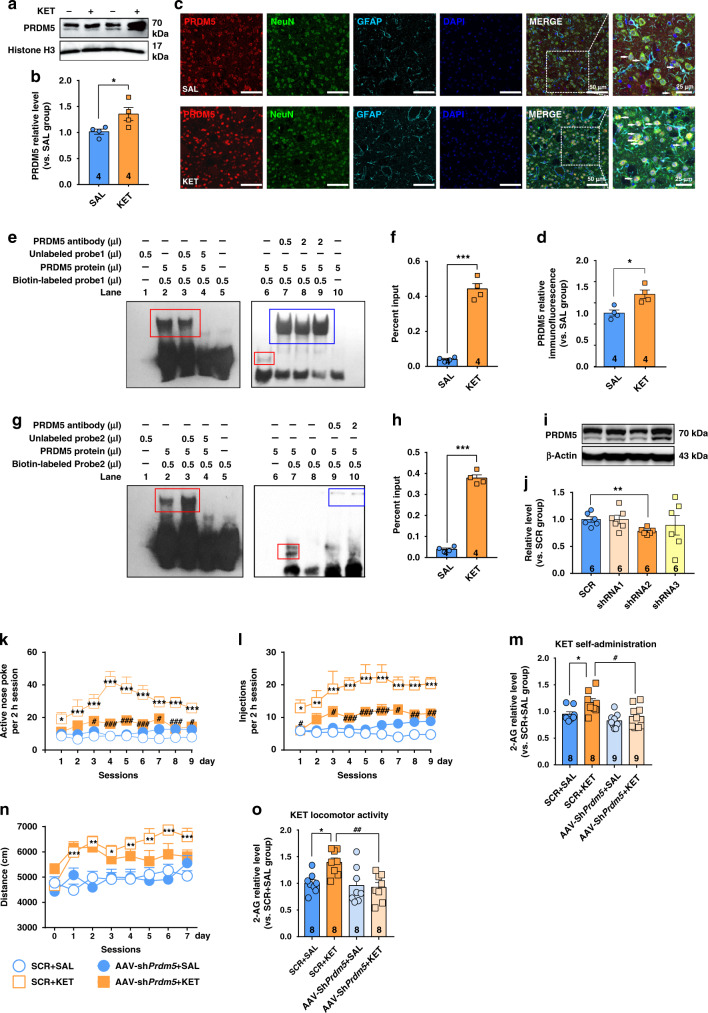Fig. 6. PRDM5 regulates Mgll gene transcription and ketamine-seeking behavior.
a, b Repeated ketamine exposure (15 mg/kg) increased PRDM5 protein expression in the nucleus of DLS neurons (unpaired two-tailed t test, t(6) = 2.533, P = 0.0445). PRDM5 is observed as two bands at 66 and 70 kDa (two isoforms). c Co-immunostaining for PRDM5 (red), NeuN (green), GFAP (wathet blue), and DAPI (deep blue) in the DLS. d Ketamine (15 mg/kg) increased PRDM5 protein expression in DLS neurons (unpaired two-tailed t test, t(6) = 3.572, P = 0.0118). e, g EMSA experiments were performed with 5 μg of PRDM5 protein and biotin-labeled Mgll DNA oligos (probe1 and probe2). The shifted protein–DNA band (red rectangle; lanes 2, 3, and 6 in e; lanes 2, 3, and 7 in g was competed with excess and unlabeled DNA oligos (lane 4). Preincubation with anti-PRDM5 antibodies resulted in supershifted antibody–protein–DNA bands (blue rectangle; lanes 7, 8, and 9 in e; lanes 9 and 10 in g that migrate more slowly in the native gel. f, h Ketamine (15 mg/kg) enriched PRDM5 at the promoter of gene Mgll (site 1 and site 2; site1, unpaired two-tailed t test, t(6) = 12.87, P < 0.0001; site2, unpaired t test, t(6) = 20.32, P < 0.0001). Compared to SAL group, *P < 0.05, ***P < 0.001. i, j shRNA2 targeting Prdm5 effectively interfered with PRDM5 expression (unpaired two-tailed t test, t(10) = 3.908, P = 0.0029). Compared to SCR group, **P < 0.01. k AAV-shPrdm5 reduced ketamine-seeking behaviors (n = 21 mice/group, two-way repeated measured ANOVA, followed by Dunnett’s multiple comparisons test, virus F(3,48) = 38.24, P < 0.0001; time F(8,384) = 2.848, P = 0.0044; interaction, F(24,384) = 2.056, P = 0.0027). l AAV-shPrdm5 reduced ketamine-taking behaviors (n = 21 mice/group, two-way repeated measured ANOVA, followed by Dunnett’s multiple comparisons test, virus F(3,48) = 31.97, P < 0.0001; time F(8,384) = 2.554, P = 0.0101; interaction, F(24,384) = 1.016, P = 0.4441). m AAV-shPrdm5 restored the DLS 2-AG level in ketamine self-administration test (one-way ANOVA, followed by Dunnett’s multiple comparisons test, F(3,30) = 5.848, P = 0.0029; SCR + KET vs. SCR + SAL, P = 0.0461; SCR + KET vs. AAV-shPrdm5 + KET, P = 0.0123). n AAV-shPrdm5 could not reduce ketamine-induced hyperlocomotor activity (n = 21 mice/group, two-way repeated measured ANOVA, followed by Dunnett’s multiple comparisons test: virus F(3,80) = 7.706, P = 0.0001; time F(7,560) = 8.764, P < 0.001; interaction, F(21,560) = 2.867, P < 0.001). o AAV-shPrdm5 restored the 2-AG level in the DLS in ketamine hyperlocomotion test (one-way ANOVA, followed by Dunnett’s multiple comparisons test, F(3,28) = 5.727, P = 0.0035; SCR + KET vs. SCR + SAL, P = 0.0142; SCR + KET vs. AAV-shPrdm5 + KET, P = 0.0031). Compared to SCR + SAL group, *P < 0.05, **P < 0.01, ***P < 0.001; compared to SCR + KET group, #P < 0.05, ##P < 0.01, ###P < 0.001. Data are shown as mean ± SEM. SAL saline, KET ketamine, SCR scrambled shRNA. Source data provided as a Source Data file.

